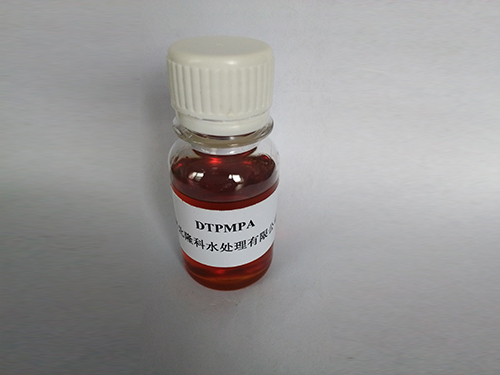polyacrylamide in water
Polyacrylamide in Water Applications, Advantages, and Considerations
Polyacrylamide (PAM) is a versatile polymer derived from acrylamide monomers. Widely used in various industries, polyacrylamide has become a crucial ingredient due to its remarkable properties when mixed with water. This article explores the significance, applications, benefits, and considerations of using polyacrylamide in aqueous solutions.
Properties and Characteristics of Polyacrylamide
When dissolved in water, polyacrylamide forms a gel-like consistency, exhibiting excellent viscosity and water retention capabilities. The polymer has a high degree of water solubility, which allows it to create thick solutions without requiring excessive amounts of the substance. This property makes it suitable for numerous applications ranging from industrial processes to agricultural uses.
Applications
1. Water Treatment One of the most prominent applications of polyacrylamide is in water treatment facilities. PAM acts as a flocculant, which means it helps to gather suspended particles in water, aiding their removal. By enhancing the sedimentation processes, polyacrylamide improves the efficiency of wastewater treatment plants, ultimately leading to cleaner water being discharged into the environment.
2. Agriculture In agriculture, polyacrylamide is utilized to improve soil structure and water retention. By incorporating polyacrylamide into the soil, farmers can reduce erosion and promote better moisture retention, which is essential for crop production, particularly in arid regions. This application not only conserves water but also enhances the overall yield.
3. Oil Recovery The oil industry employs polyacrylamide as a water-soluble polymer for enhanced oil recovery (EOR) processes. When injected into oil reservoirs, PAM increases the viscosity of water floods, leading to a more effective displacement of oil. This method is critical in maximizing resource extraction and minimizing environmental impacts.
4. Cosmetics and Personal Care Polyacrylamide is present in various cosmetic formulations due to its thickening and emulsifying properties. It helps to stabilize products, giving them the desired texture while ensuring they remain homogenous during storage.
5. Pharmaceuticals In pharmaceuticals, polyacrylamide is employed for drug delivery systems, as its hydrophilic nature allows it to facilitate the controlled release of active ingredients. This property is vital in developing more effective treatments with minimized side effects.
polyacrylamide in water

Advantages of Polyacrylamide
The utilization of polyacrylamide in water has numerous advantages. Some of these include
- Cost-Effective PAM is relatively inexpensive and available in large quantities, making it a cost-effective choice for various applications, particularly in industrial processes. - Environmentally Friendly When used appropriately, polyacrylamide is considered environmentally friendly. Many formulations are non-toxic and biodegradable, alleviating concerns about harmful residues.
- Versatility Its ability to enhance viscosity and clarity makes polyacrylamide an adaptable solution across many sectors, including construction, textiles, and food processing.
Considerations and Safety
Despite its advantages, there are certain considerations to keep in mind while using polyacrylamide in aqueous environments. Acrylamide is a neurotoxin and a potential carcinogen in high concentrations, making it crucial to handle PAM products with care. It is essential to ensure that any polyacrylamide used is of a suitable grade and complies with safety regulations relevant to its intended use.
Moreover, some formulations may lead to the release of acrylamide into the environment, raising concerns about toxicity. Thus, ongoing research is necessary to identify safer alternatives and improve the processes involved in polymer usage.
Conclusion
Polyacrylamide in water has established itself as an invaluable polymer with diverse applications across industries. From water treatment and agriculture to pharmaceuticals and cosmetics, PAM provides unique benefits that enhance performance and reliability. While considering its applications, it is essential to remain aware of potential safety implications, ensuring that its use aligns with environmental and health regulations. As research continues to evolve in this field, the possibilities for polyacrylamide applications are likely to expand, providing innovative solutions for both current and future challenges.
-
Pbtc Scale InhibitorPBTC: A Scale Protector for Industrial Water TreatmentNewsAug.05,2025
-
Organic Phosphonate: An Efficient Defender in the Field of Scale InhibitionNewsAug.05,2025
-
Hydrolyzed Polymaleic Anhydride: Green Pioneer in Scale Inhibition FieldNewsAug.05,2025
-
PAPEMP Polyamino Polyether Methylene Phosphonic Acid For SaleNewsAug.05,2025
-
Flocculant Water Treatment: A Pioneer in Purification in the Field of Water TreatmentNewsAug.05,2025
-
Benzyl Isothiazolinone: An Efficient and Broad-Spectrum Antibacterial Protective GuardNewsAug.05,2025





